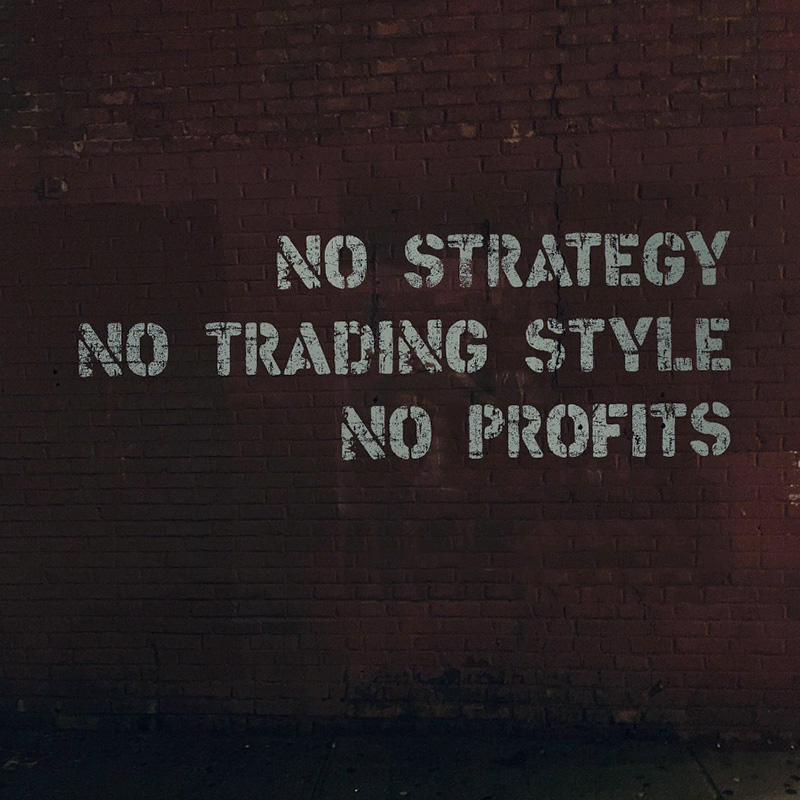How To Trade Forex?
To trade forex, you need to start by learning the basics. This includes understanding currency pairs, pip values, leverage, and margin. There are plenty of resources available online, including forex trading courses and tutorials, which can help you get started.
Once you have a good understanding of the basics, you can choose a reputable forex broker that suits your trading style and needs. Look for a broker that offers competitive spreads, fast execution, and a user-friendly trading platform. Once you have chosen a broker, open a trading account with them and deposit funds to start trading.
It’s crucial to develop a trading strategy that suits your trading style and goals. This includes selecting a currency pair to trade, setting entry and exit points, and managing risk.
There are different types of trading strategies, including technical analysis, fundamental analysis, and automated trading systems. You need to choose a strategy that works for you and your goals.
Once you have developed a trading strategy, start trading with small positions and gradually increase your trading size as you gain more experience. Keep track of your open trades and monitor the market regularly to adjust your positions as necessary. It’s also essential to have a solid risk management plan in place to protect your capital.
In summary, trading forex requires knowledge, discipline, and a solid trading plan. You need to choose a reputable broker, develop a trading strategy, and manage your risk effectively. By continuing to learn and improve your trading skills, you can become a successful forex trader.
Trading Strategies
Traders often develop their own unique strategies based on their trading style, goals, and risk tolerance.
However, some common forex trading strategies include:
- Trend following: This strategy involves identifying the direction of the trend and entering positions in the same direction.
- Breakout trading: This strategy involves entering positions when the price breaks through a key level of support or resistance.
- Swing trading: This strategy involves holding positions for several days to take advantage of medium-term price swings.
- Scalping: This strategy involves taking quick trades that last only a few seconds or minutes to make small profits.
- News trading: This strategy involves trading based on news releases and economic events that can cause volatility in the forex market.
- Range trading: This strategy involves identifying price levels where the market is likely to range and entering positions at these levels.
- Position trading: This strategy involves holding positions for several weeks or months to take advantage of long-term trends.
These are just a few examples of forex trading strategies, and there are many variations and combinations of these strategies that traders can use. Ultimately, the most effective strategy will depend on the trader’s personality, trading style, and market conditions.


Risk to Reward
The risk to reward ratio in trading is a measure of the potential reward of a trade compared to its potential risk. It is calculated by dividing the potential profit of a trade by the potential loss. For example, if a trader expects to make a profit of $2 for every $1 of risk, the risk to reward ratio would be 1:2.
A favorable risk to reward ratio is important because it helps traders to manage their risk and increase the chances of profitability. By setting a minimum risk to reward ratio for each trade, traders can ensure that they are only taking trades that have a high potential for profit relative to the potential risk.
For example, if a trader has a risk to reward ratio of 1:3, it means that they are willing to risk $1 to potentially make $3. This means that if they are correct in their trade and the market moves in their favor, they stand to make a profit that is three times larger than the potential loss.
Having a favorable risk to reward ratio is an important aspect of a trader’s overall risk management strategy. It helps to minimize the impact of losing trades and maximize the potential profits of winning trades. However, it’s important to remember that no trading strategy can guarantee profits, and there is always a risk of loss involved in trading.

Win Rate
Win rate alone does not provide a complete picture of a trader’s performance, as it only measures the percentage of winning trades and not the profitability of those trades.
The win rate in forex refers to the percentage of trades that a trader wins out of the total number of trades they have taken. It is calculated by dividing the number of winning trades by the total number of trades taken and multiplying the result by 100 to get a percentage.
For example, if a trader has taken 100 trades and won 60 of them, their win rate would be 60% (60/100 x 100 = 60%).
Win rate alone does not provide a complete picture of a trader’s performance, as it only measures the percentage of winning trades and not the profitability of those trades. A trader with a high win rate may still be unprofitable if their losing trades outweigh their winning trades in terms of the size of the losses and gains.
It’s also important to note that a high win rate is not always necessary to be profitable in forex trading. Traders can still be profitable with a lower win rate if their winning trades are larger than their losing trades, resulting in a favorable risk to reward ratio.
Overall, while win rate is an important metric for traders to monitor, it should be considered alongside other performance metrics such as risk to reward ratio and profitability to gain a more comprehensive understanding of a trader’s performance.

